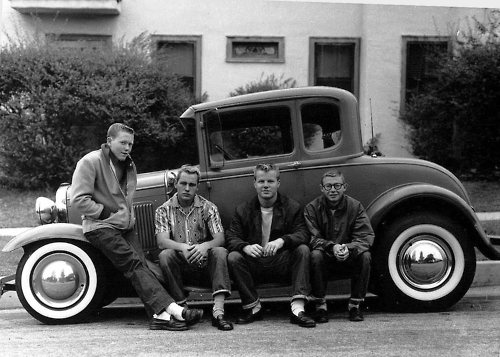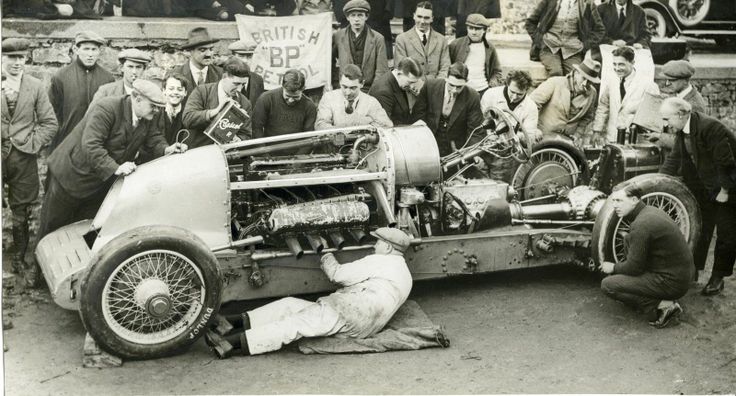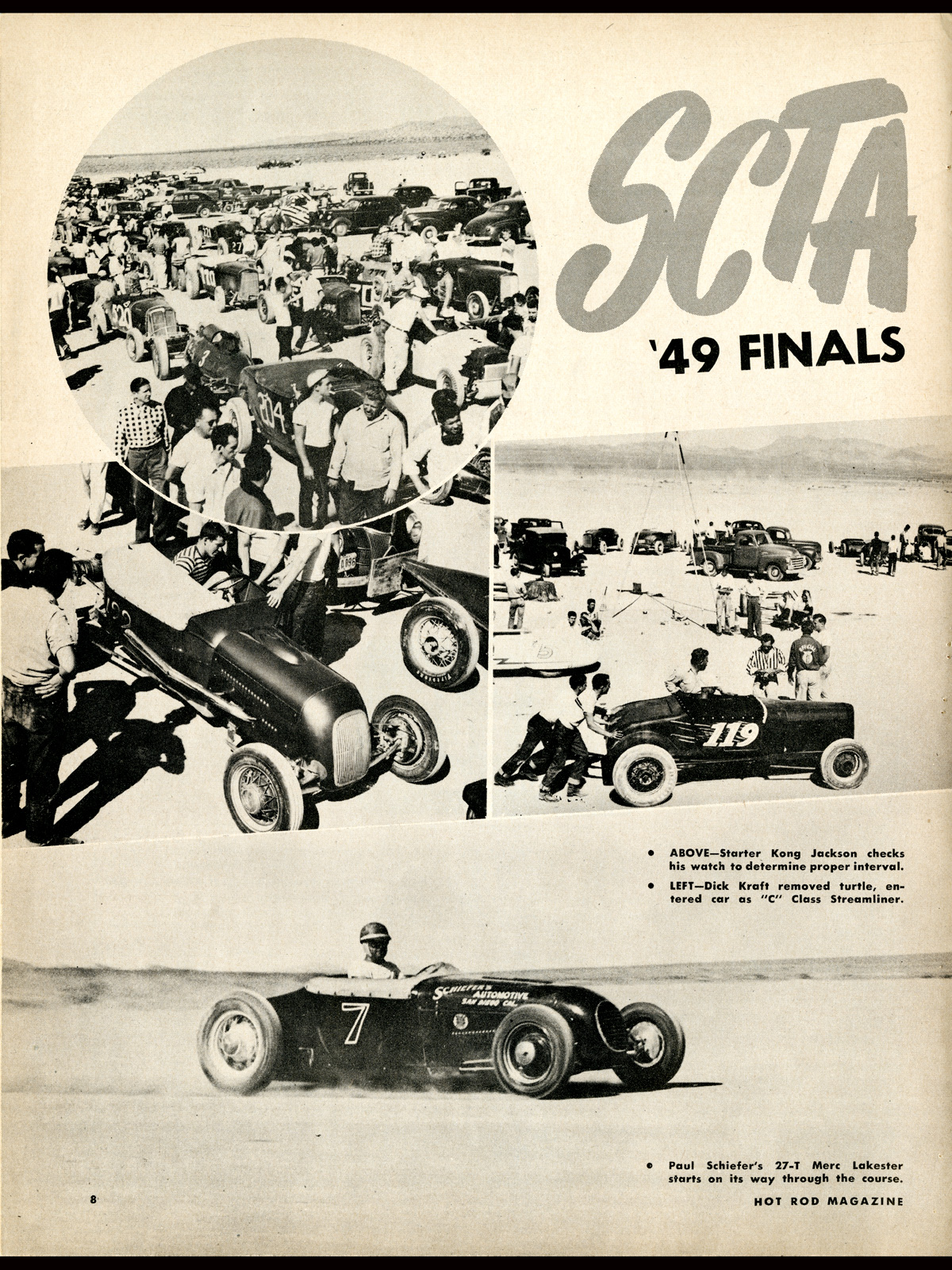"For us, the question of what is the sexiest, coolest, most beautiful sports car ever to be produced out of these islands is an easy one to answer. The Jaguar XKSS, of course. Produced in 1957 in the Browns Lane Jaguar "
Hot Rodding: The British Way
Americana and British hot rodding heritage come together on the sands of Pendine
The hot rod story. So it goes. Dry lake beds. Endless deserts. Hopped up Southern California jalopies. Timing associations. Engineer boots, pocket tees, chinos and heavy selvedge. A miasma of Americana.
All those GIs returned from the war with a few dollars in their pockets. And a whole bunch of hard-won mechanical nous and a penchant for thrill seeking accelerated it all. With the shortage of material that resulted from the armaments industry of the 1940s, kids were grabbing bits and pieces from scrap yards and in their back yards were strapping it all together, building it all up on a ladder-framed chassis and bolting a flathead V8 onto the whole issue.
Before anyone knew it a teen scene was developing, pre-dating Bill Hayley by a decade, shadowing the growing surf cult on the coast. A greasy-fingered, slick haired coterie of unruly young folk, looking louche in their service-issue schmutter was shutting down highways and dragging between the lights.
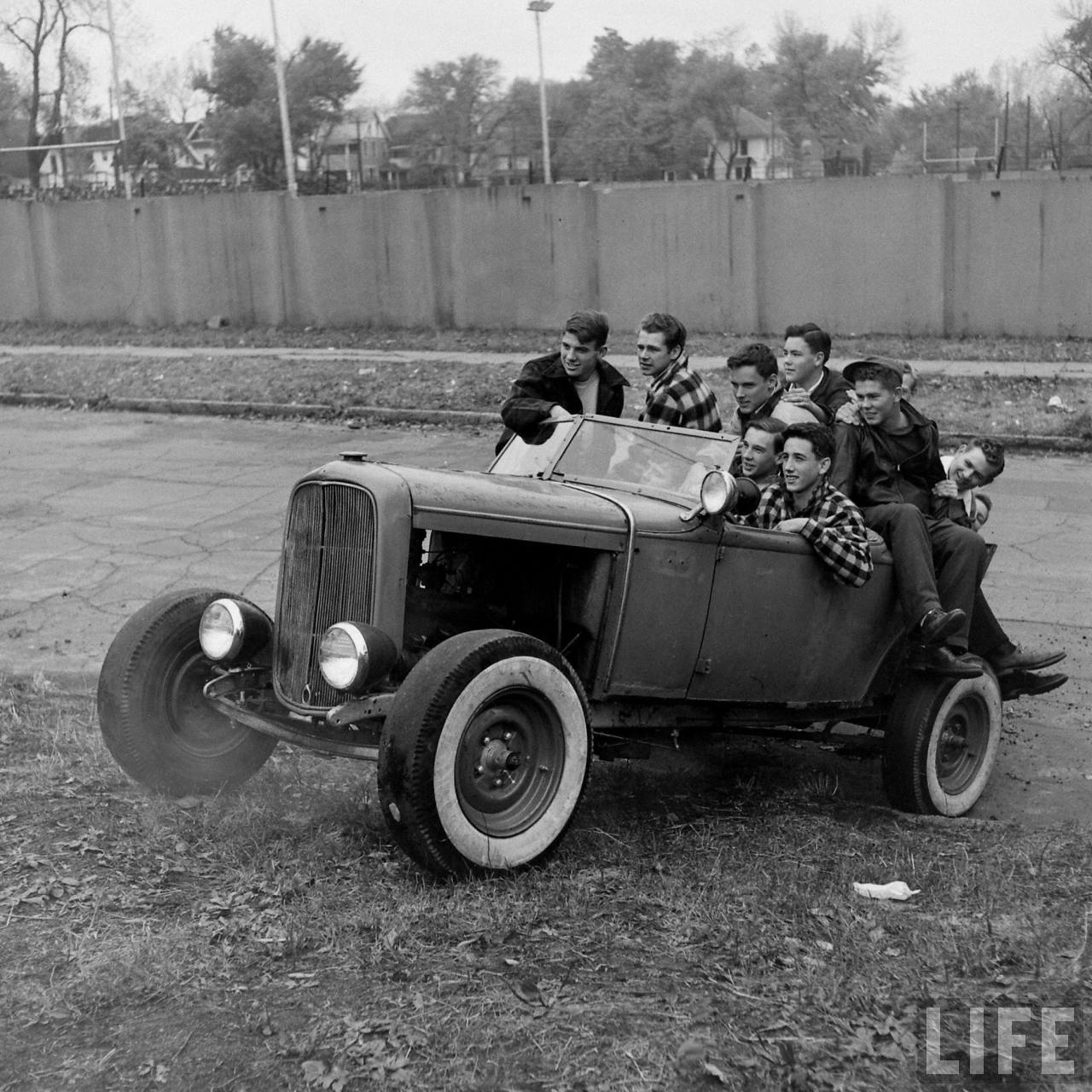 (Life Archive)
(Life Archive)
By the time the cheesecake boom time fifties arrived the scene was clad in heavy chrome and had already become somewhat of a parody of itself. It had turned into a sales tool wrought in tangerine candy apple and glistening metal flake. By the time George Barris began making his money building customer cars for the stars, Detroit was already scheming of a future that could exploit the underground and drag it to the surface via Madison Avenue’s idea of power, glory and muscle. The stripped down mongrel mutant vibe was already a memory when Gidget was gyrating on the beach at Malibu.
It goes without saying that much of the current hot rod scene in the British Isles – and Europe-wide for that matter, is Americana obsessed. But there’s an irony there. At Pendine Sands, the Vintage Hot Rod Association has redefined and refocussed it all with a gathering of amazing pre-1949 hot rods – most of them pieced together in the traditional way, in back yards and from pieces foraged from scrap yards and auto-jumbles.
The internet has made sourcing and shipping and communicating the bits and pieces that make up a material culture of hot rodding easier to flow. But at its heart it remains a greasy-fingered specialist scene pretty much immune to the attentions of the mainstream.
In fact, in contrast to the the motorbike industry, which has co-opted the garage-built custom scene for it’s own ends, as we write the Frankfurt Motor Show is launching – every corporate entity pushing hi tech gadgetry and all sorts of wizardry so far removed from the stripped down fundamentals that is hot rodding it’s laughable.
But what IS ironic is that the vast majority of the machines on the sand at Pendine take their lead from Americana. Because this beautiful strip of low-tide beach out where Camarthenshire meets Pembrokeshire has its own haloed history of speed. Yes, the British obsession with power speed and engineering, predated the 1940s American boom by decades.
As far back as 1924 Malcolm Campbell ran along Pendine sands at nearly 150MPH, setting a World Land Speed Record. That car was a 350HP Sunbeam. And hopped up, garage-tweaked vehicles that bore the labels of noble British brands like Frazer Nash were running outside of any conception of the law. Visitors to Pendine are making a pilgrimage to hallowed ground. This place saw the birth of the British Way of the hot rod.
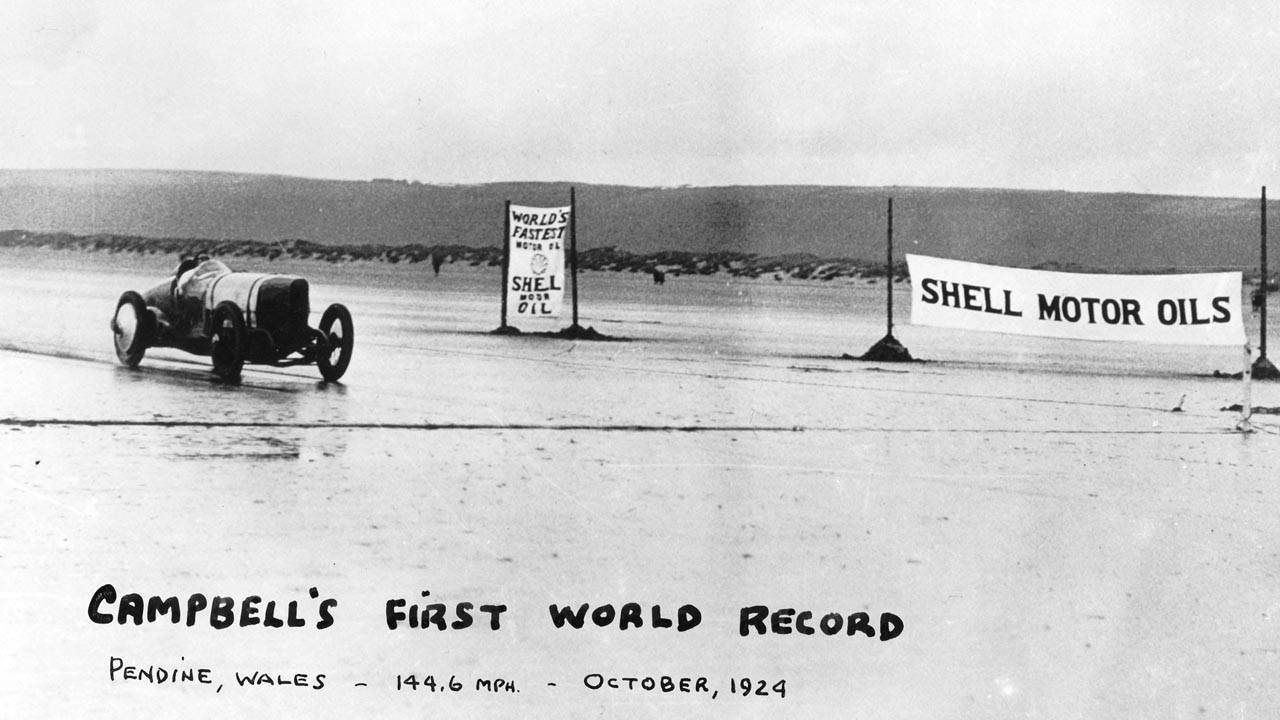 Malcolm Campbell set the pace at Pendine in 1924 pic: via 5window
Malcolm Campbell set the pace at Pendine in 1924 pic: via 5window
Amongst the current booming and expanding UK vintage hot rod scene, brought together so brilliantly at Pendine by the VHRA, there is an acknowledgment of the diverse firmament of influence that comes together on the sand. This is a creed bonded over the simple joy of mechanics and the camaraderie that comes with shared hours in winter garages – where grownups eschew comfort TV and social media feeds for a wholesome fettle.
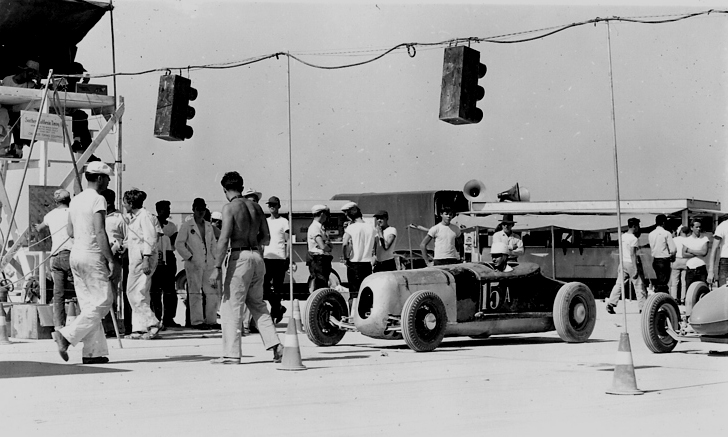 The Dry Lakes of Southern California were the perfect context for a Hot Rod revolution. pic: SCTA
The Dry Lakes of Southern California were the perfect context for a Hot Rod revolution. pic: SCTA
This month we’ve had the privilege of meeting some of the people and admiring some of the machines that keep a greasy candle burning in the darkness – while the rest of the world manufactures machines as removed from the human as it is possible to imagine.
- The first teenagers
- Hopped up and styled out
- Malcolm Campbell set the pace at Pendine in 1924
- And the aesthetic survives to this day
- The dry deserts of Southern California were the perfect context
- The SCTA brought a renegade scene together
- Images of Americana are endlessly appealing
CLICK TO ENLARGE

